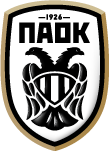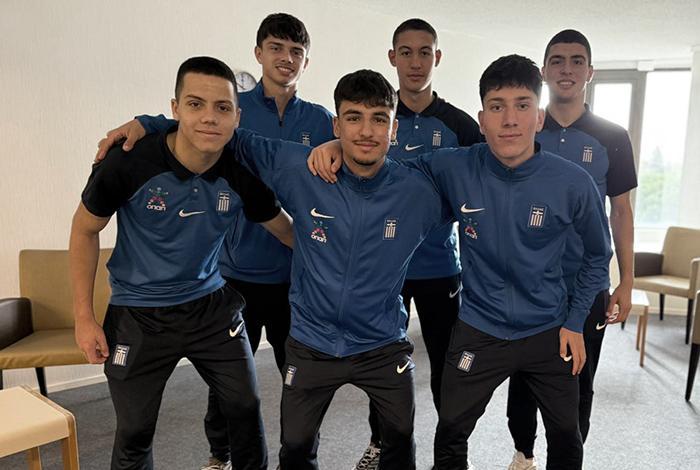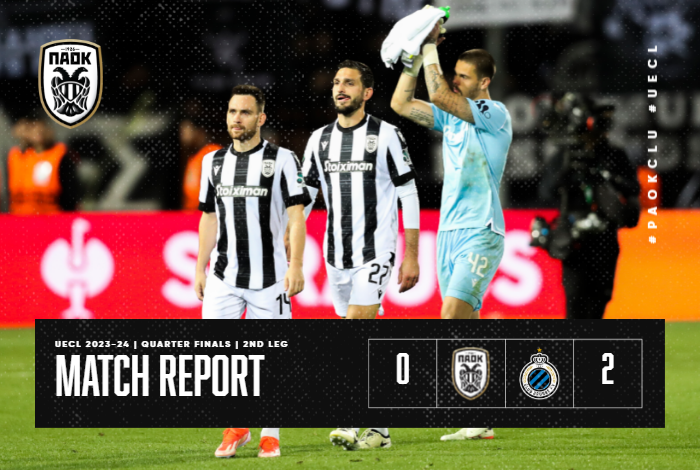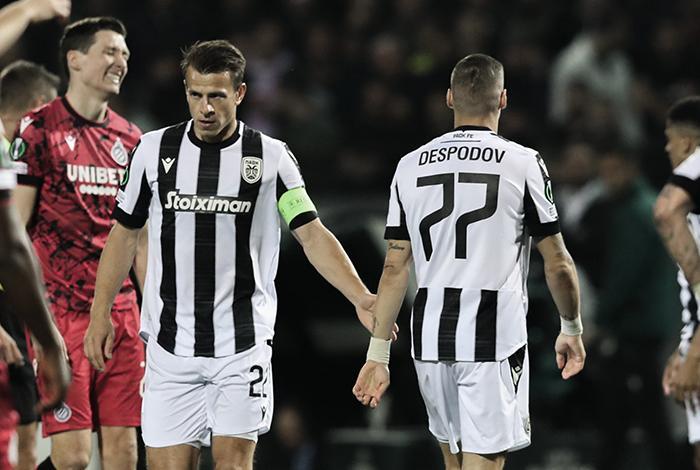Rival Analysis: Copenhagen profile
A few hours ahead of the big kick-off at the Parken Stadium, paokfc.gr and its Rival Analysis column introduce you to Copenhagen via an analytical profile.
While the club may only be 29 years old, Copenhagen have already managed to become the most successful Scandinavian team, being higher than any other in the UEFA rankings.
Copenhagen was founded in 1992 as a coalition of the Kjøbenhavns Boldklub and Boldklubben 1903, and immediately began its story of domination within the country’s borders. Since then they have won the domestic championship 13 times and the Danish Cup eight times, also having remarkable progress in Europe in the Champions League and the Europa League, reaching the round of 16 and the quarter-finals respectively.
This season finds the Danes in the UEFA Europa Conference League and pitted against the Double-headed Eagle. Let’s get to know tonight’s opponent a littler better.
The coach

Jess Thorup sat in the dugout for the first time in November 2020 and was called upon to replace a club legend in Stale Solbakken. Thorup brought many changes to the team’s identity. He abandoned the classic 4-4-2 system that was previously used, brought in the use of a back three, and changed Copenhagen’s style of play, transforming it from a solid defensive team into a team that aims to play creative football.
Thorup has not yet managed to gain the trust of the fans, but the management supports him. It remains to be seen whether the Danish coach’s plan will bear fruit in the future.
The squad
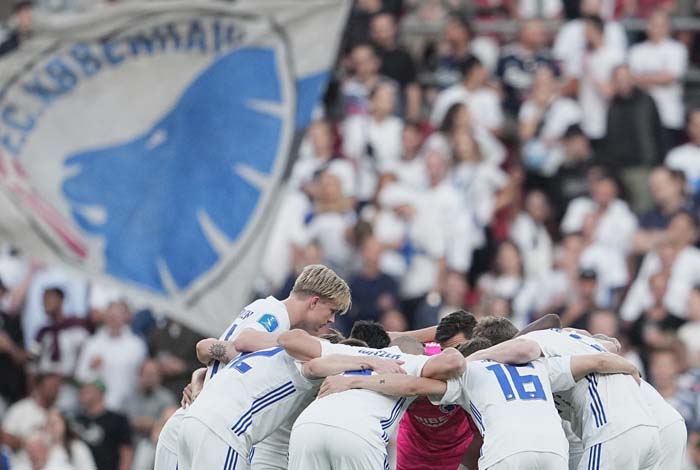
They are the most expensively assembled team in Scandinavia. The squad is one of depth, quality and experience, but also one of rich talent.
This season, Pep Biel stands out without a doubt. The Spaniard is the club’s top scorer, while also leading the assists me are out of action.
In the summer the team may have lost some important players, with the biggest losses being those of Darami and Nesson, who were transferred to Ajax and Galatasaray respectively, but the new arrivals that came in have filled the gaps.
Grabara arrived from Liverpool to fill the position between the posts, while the defense was significantly strengthened with the arrival of Georgianos Kholava from Shakhtar. Lerager came in from Genoa to provide options in the midfield, while Singh was the club’s choice to make an itable. Jonas Wind is not far behin him.
Also important players for the Danes are Carlos Zeca, Rasmus Falk, Jens Stage and the experienced Kamil Wilczek, all of whompact up front.
The most expensive move of the Danes, however, was an investment for the future, with the acquisition of 18-year-old Johanneson from Norrkopping.
The stadium
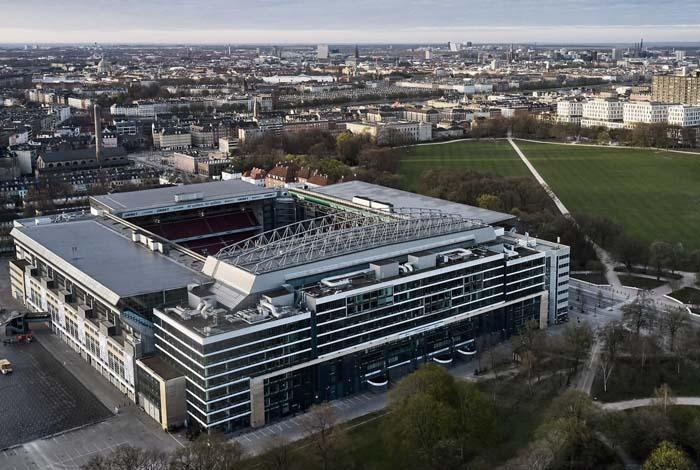
The Parken Stadium was built in 1992 and became the home of the then newly-formed Copenhagen and the Danish national team. It has a folding roof, can accommodate 38,000 fans at football matches and over 55,000 for concerts and other events.
Parken was one of the venues for Euro 2020, hosting three group games and one match from the Round of 16.
Of note is the fact that the eighth floor of the stadium houses one of Denmark’s top restaurants, Geranium, which has been awarded three Michelin stars.
Road to the group stage
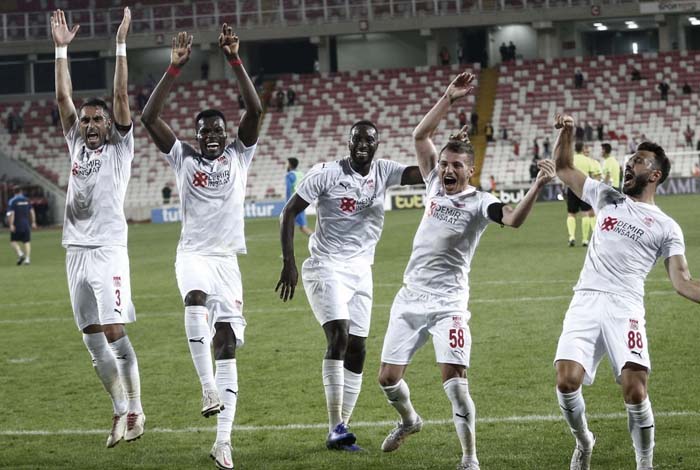
The Danes started their journey to the UEFA Europa Conference League group stage from the second qualifying round. They beat Torpedo Zondino of Belarus 4-1 at home and 5-0 away.
In the third round, they drew 1-1 against Lokomotiv Plovdiv in Bulgaria, but won 4-2 at home to get a ticket to the Play Offs.
Sivasspor was waiting for them there. Despite facing a tougher opponent, Copehagen progressed thanks to two victories, after prevailing 2-1 in Turkey and 5-0 at the Parken Stadium.
In the first two group stage games, the Danes have two wins, as they prevailed 3-1 against Slovan in Bratislava, while also beating Lincoln 3-1 at home.
